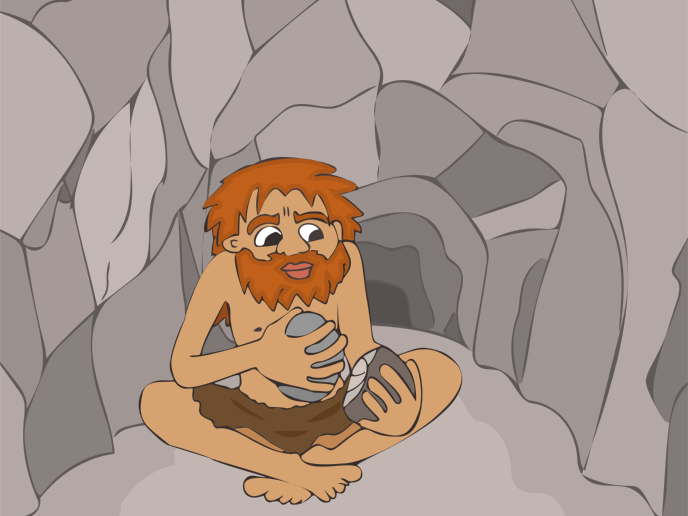Studying stone toolmaking and use in orangutangs
Learning how to make and use sharp stone tools allowed our ancestors to exploit new food resources. How exactly did these stone technologies emerge, and how did early humans learn how to make and use them? In search of an answer, researchers supported by the EU-funded STONECULT project studied the stone toolmaking and using abilities of the great apes. Their findings were published in the journal ‘PLOS ONE’. According to the study’s authors, stone tools are the most abundant artefacts made by our ancestors. “Early stone tools typical of the Early Stone Age record include intentionally modified stones with sharp-edges (e.g. flakes and cores) and unmodified stone tools such as hammerstones and anvils dating as early as 3.3 million years ago,” notes lead author Dr Alba Motes-Rodrigo of STONECULT project host University of Tübingen, Germany, and her colleagues in an article posted on ‘Sci-News.com’. The authors go on to explain the importance of stone tools in human evolution: These implements “widened the early hominin ecological niche by enabling, for example, butchering, meat processing, bone marrow extraction and plant tissue modification. As a result, the production and use of stone tools elicited over time major changes in hominin dentition, hand morphology and brain size.” “However,” the authors state, “despite the clear ecological importance of stone tools in human evolution, it remains debated how the skills associated with their production and use emerged and how they were learned by naïve individuals.” To gain some insight, the research team studied the stone toolmaking and using abilities of five untrained, unenculturated orangutans.
Getting to the fruit
In the first experiment, the team tested toolmaking and use in two male orangutans at Kristiansand Zoo in Norway. They provided each orangutan with a concrete hammer, a prepared chert core and two boxes, each baited with half a piece of fruit. To get to the fruit, the orangutans had to cut through a rope (imitating an animal tendon, in the one box) or a silicone membrane (imitating a taut animal hide, in the other box). While both orangutans hit the hammer against the walls and floor of their enclosure, neither tried to strike the chert core in order to detach sharp-edged flakes with which to cut through the silicone rope. In the second experiment, the orangutans were given a human-made flint flake in addition to the other materials. This time, one of the apes used the provided flake to pierce the silicone membrane. The third experiment involved three female orangutans from Twycross Zoo in the United Kingdom. It aimed to see whether apes could learn how to make and use a stone tool by observing humans. After the demonstrations, only one orangutang used the hammer to hit the core at the edge as demonstrated. The study funded by STONECULT (Do early stone tools indicate a hominin ability to accumulate culture?) “is the first to report that untrained orangutans can spontaneously use sharp stones as cutting tools,” according to the authors. “Our observations suggest that two major prerequisites for the emergence of stone tool use — striking with stone hammers and recognizing sharp stones as cutting tools — may have existed in our last common ancestor with orangutans, 13 million years ago.” For more information, please see: STONECULT project website
Keywords
STONECULT, stone tool, orangutang, ape, hominin, toolmaking



